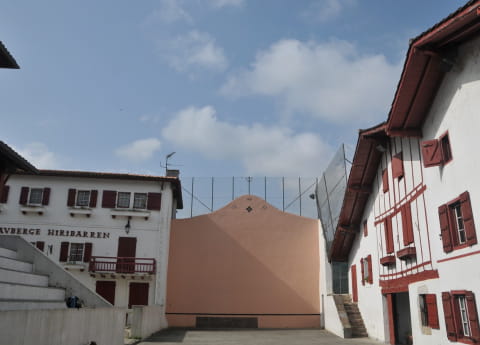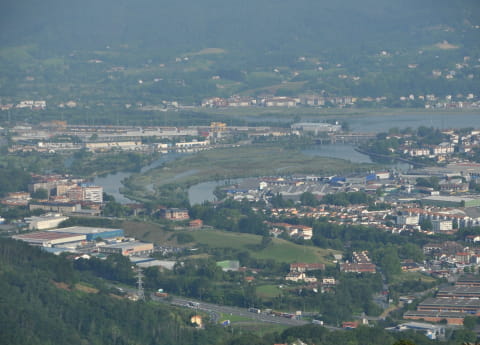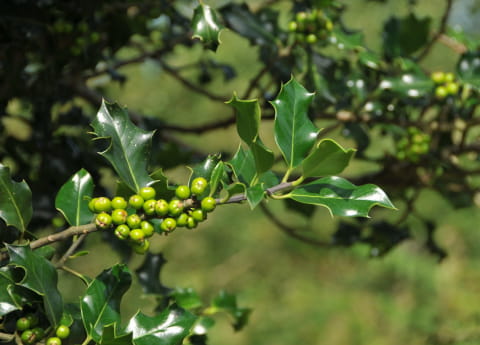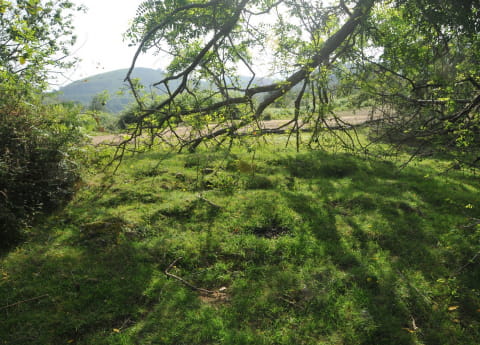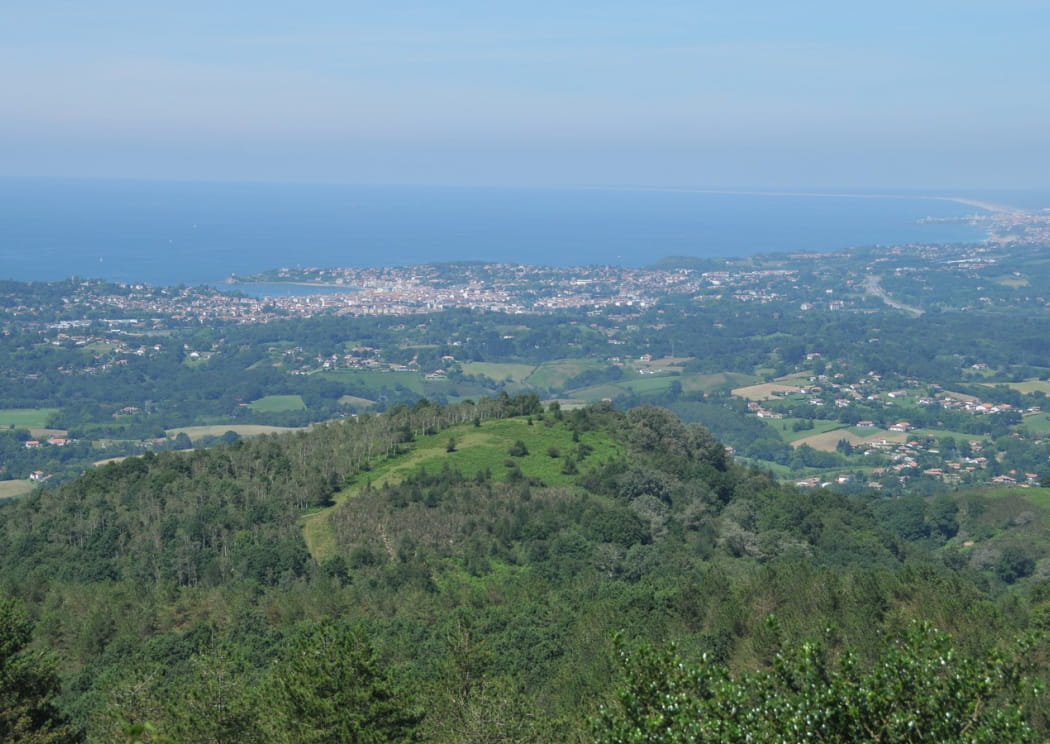
Xoldo
Loop, Walking
The village of Biriatou, charming and typically Basque, is divided into districts between the Bidassoa valley and the green hills. It gives access to a height that many consider to be the first French Pyrenean summit, the Xoldo (the extension gaina meaning summit in Basque). Its ascent is above all an opportunity to enjoy an incredible panorama, not so far from the Atlantic coast, from the bay of Saint-Jean-de-Luz to Biarritz and even beyond to the Landes beaches on a clear day. We often spend a lot of time comfortably seated on the summit grass, identifying a well-known village here, a beach there, or even finding the Abbadia castle or the Rocher de la Vierge. Between Peñas de Haya and the Rhune, you will end up heading towards the Col des Poiriers and dare to return to the cool undergrowth on the right bank of the Bidasoa.
Informations
Practical
Practical information
-
Start : BIRIATOU
-
Positive elevation : +550m
-
Marking : Yellow
-
Equipements et services : Water point
- Distance8.4km
- Mobilityon foot
- Duration3h
- DifficultyAverage
Itinerary details
Ibilbideari buruzko xehetasunak
-
 From Biriatou to the intersection of the high voltage line
From Biriatou to the intersection of the high voltage lineCross the square of the fronton of Biriatou (50m), go up the steps, take the alley just to the left of the Hiribarren inn, then go up the next street to the left, past the church. At the next intersection, turn right onto rue du GR10 (Mendiko Bidea). At the next Y-intersection, climb up the street on the right, marked in red and white. At the end of the tarmac road (parking lot), continue to climb up the gravel path on the right. After a few hairpins bends and a gate, walk straight on the main path until you reach an intersection and the high voltage pylon.
-
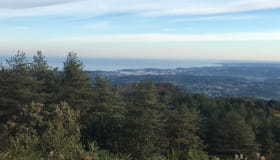 The viewpoint of the Rocher des Perdrix and the summit of Xoldo
The viewpoint of the Rocher des Perdrix and the summit of XoldoAt the Errekaldea junction (159m), turn left and immediately right, to climb the rocky path that runs along the foot of the pylon. Slow down and climb straight up to the small cliffs. At the base of the Rocher des Perdrix, the path branches off to the left to pass by a viewpoint indicator (290m). Walk flat for 50m, then choose the path that climbs to the right. You can soon avoid a rocky steepness of the GR10 by a grassy path. Higher up, the very panoramic climb continues between ferns and gorse. The path joins another track coming from the left: continue straight up the Xoldo ascent on easier slopes now.
-
 From the summit of Xoldo to the Pitare pass
From the summit of Xoldo to the Pitare passAfter enjoying the view, cross the Xoldo summit (486m) and, begin the descent on a path. It describes two large curves and reaches the grassy Osin pass (371m): continue on the right path on the left, facing the Rhune. It quickly descends to the Pitare pass.
-
 From the Pitare pass to the Ihiztoki wood
From the Pitare pass to the Ihiztoki woodAt the Pitare pass (316m), leave the GR markers to turn right onto a path that immediately splits into two branches: choose the one on the left that enters the forest. The path goes down the wood in two large bends and then runs alongside a stream. Once you reach a dirt track (221m), cross the stream and follow the track to the right. At the Lantzeraerreka crossroads (200m), follow the second track to the right. After 200m (Y-shaped intersection), be sure to leave the track and take the path on the left, through a tunnel of vegetation. At the end of a bend in the road, keep to the left downhill, then 80m further down to the right.
-
 Return to Biriatou
Return to BiriatouRight after a barrier, reach an intersection under a large oak tree (90m): be careful to choose the path that goes up to the right. At the top of the climb, go through a gate and then walk on the forest path on the edge of the fence. It then descends through several valleys and undergrowth. After a stream, the path starts to go up into the forest. At the Y-shaped intersection, ignore a track on the left and continue to climb on the right under the oak and chestnut trees. Right after passing under the high voltage line, find the path you took earlier, which you can take down to the left to return to Biriatou.







